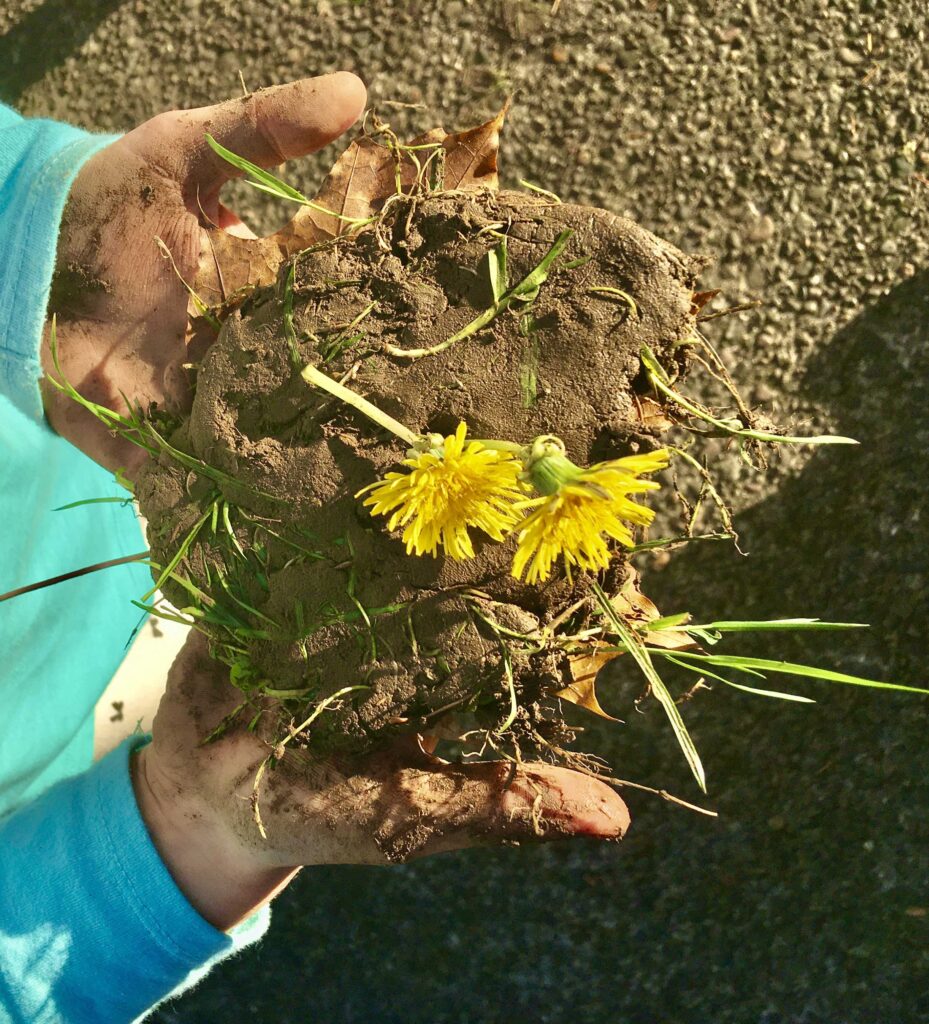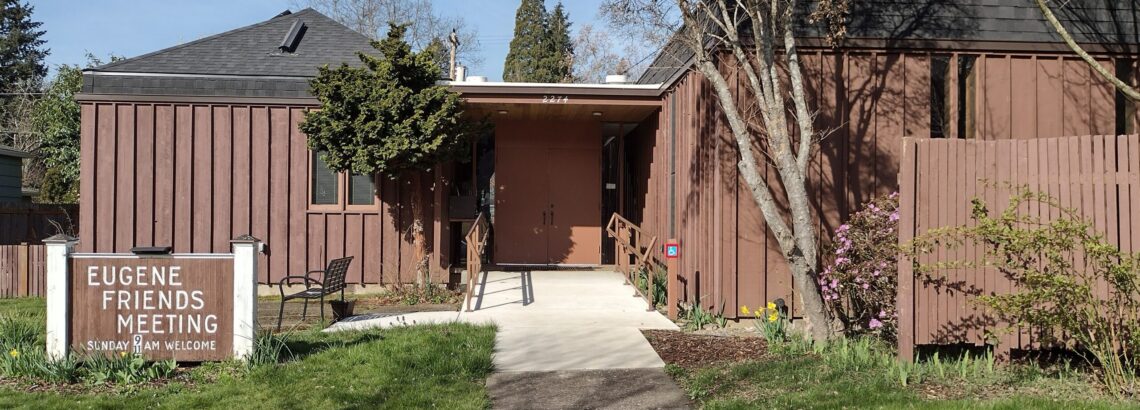
Through the process of colonization, Indigenous people were forcibly removed from billions of acres of land that they depended upon and belonged to, and relocated to ever-diminishing reserves. We all know that Indigenous people have signed treaties to share the lands and waters that the U.S.and Canadian governments have failed to honor, and that, in many instances, our governments took lands and resources without any treaties or consent.
You might, like me, feel overwhelmed by the task of repairing this wrong, but we can feel hope in hearing all the efforts being made, by Indigenous groups, people of faith, environmentalists, and others.
The Landback movement has existed for generations, with a long legacy of organizing and sacrifice, with the goal of getting Indigenous Lands back into Indigenous hands. Currently, there are Landback efforts all across Turtle Island (North America). The closure of Mount Rushmore, and the return of that land and all public lands in the Black Hills, South Dakota, is the cornerstone campaign. Mount Rushmore sits in the heart of the sacred Black Hills, and is viewed by Indigenous people as an international symbol of white supremacy and colonization.
The goals of Landback are herculean, but the movement has seen recent successes, including the removal of dams along the Klamath River in Oregon following a long campaign by the Yurok Tribe and other activists, and the return of 1,200 acres in Big Sur, California, to the formerly landless Esselen Tribe.
tom kunesh, a Nashville Quaker and member of the Decolonizing Quakers working group, says,
“After apologies and repudiations of the european doctrines of discovery, after written acknowledgements of who used to belong to the land that americans displaced and took, after metaphorically chastising ourselves for our accumulated wealth based on the capital of kidnapping and enslaving others, what else is there to do? Rejecting empire, recovering from our imagination of being “Chosen People”, is an addiction-recovery decolonizing process that challenges our beliefs about the value of english christian culture, and our material commitments to simplicity and integrity.”
Historically, colonialists viewed land as property to be owned or resources to be commodified. In contrast, many Indigenous people speak of inherent rights accompanied by inherent responsibilities to the natural world. Environmentalists recognize that giving land back to Indigenous people can help mitigate the impacts of climate change; from fire management to forest stewardship, Indigenous peoples have over generations amassed crucial knowledge about living and caring for ecosystems in a sustainable manner. It’s no wonder many consider Landback a keystone of environmental justice.
The Nuns and Nones Land Justice Project says,
“Because land is inextricably tied to the reclamation of Indigenous lifeways, the central call of Landback and rematriation is the physical return of land. … Many people think of land transitions like a black-and-white transaction. In reality, it’s more like a painter’s palette: There are many, many tools that can be blended together depending on legal realities, financial needs, and other factors.”
Queries:
What ways of knowing have we all lost through the legacy of colonization?
How do notions of land ownership or territory exist in your life or mindset?
In our healing and reparation, how can we center the people and the land most harmed by the history of colonization, rather than our own goals or comfort?


